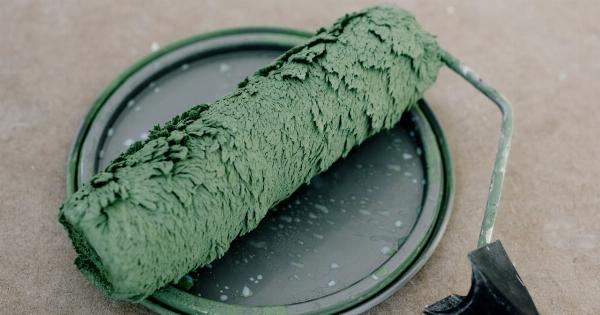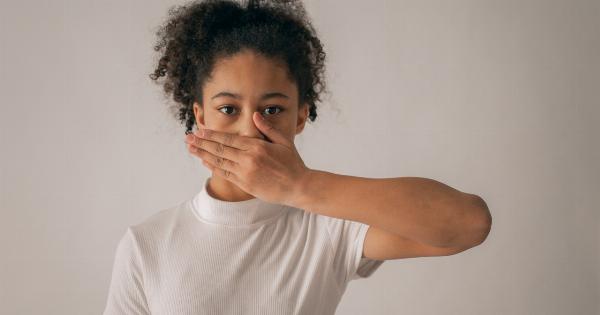Many people use hair dye as a way to enhance their appearance or cover up gray hair. However, recent studies have raised concerns about the potential link between hair dye and cancer.
This article will explore the topic in detail and provide you with the information you need to make an informed decision about your hair dye choices.
Understanding Hair Dyes
Hair dyes have been used for centuries to change the color of hair. These products contain various chemicals that penetrate the hair shaft and alter its color. There are two main types of hair dyes: permanent and semi-permanent.
The Potential Link with Cancer
Several studies have suggested a potential link between hair dye use and cancer, particularly bladder and breast cancer.
However, it is important to note that these studies have shown only a weak association and do not establish a direct cause-effect relationship.
One chemical found in hair dyes that has received considerable attention is called para-phenylenediamine (PPD). PPD is commonly used in permanent hair dyes and has been classified as a possible human carcinogen.
However, the concentration of PPD in hair dyes is regulated by health authorities to minimize any potential risks.
Evaluating the Evidence
While some studies suggest a potential link between hair dye use and cancer, the overall evidence is inconclusive. Many of these studies rely on self-reporting by participants, which can lead to recall bias or inaccuracies.
Additionally, other factors such as genetics, lifestyle choices, and environmental exposures can contribute to cancer development.
It is also worth noting that the concentrations of chemicals used in hair dyes today are much lower compared to older formulations. Stringent regulations and safety standards have been put in place to ensure the safety of these products.
Tips for Safe Hair Dye Use
While the evidence is inconclusive, it is always wise to take precautions when using hair dye to minimize any potential risks. Here are some tips to keep in mind:.
1. Read the Label
Before purchasing a hair dye, carefully read the label and familiarize yourself with the ingredients used. Look for dyes that are free from potentially harmful chemicals, such as ammonia or PPD.
2. Perform a Patch Test
Prior to applying hair dye all over your scalp, perform a patch test to check for any allergic reactions. Apply a small amount of dye behind your ear or on your inner arm and wait for at least 48 hours.
If you experience any itching, redness, or swelling, it is best to avoid using that specific hair dye.
3. Opt for Natural Alternatives
If you are concerned about the potential risks associated with traditional hair dyes, consider using natural alternatives. Henna, for example, is a plant-based dye that can provide a range of colors without the use of chemicals.
4. Limit Exposure
Minimize your exposure to hair dye by following the recommended application times and avoiding unnecessary touch-ups or excessive reapplications.
5. Good Ventilation
When applying hair dye, make sure you are in a well-ventilated area to reduce your exposure to any fumes or vapors.
The Bottom Line
While there have been concerns raised about the potential link between hair dye and cancer, the evidence remains inconclusive.
It is important to weigh the potential risks against the benefits and make an informed decision based on your own preferences and health considerations.
If you have any specific concerns or are at a higher risk for cancer, it is always best to consult with a healthcare professional to address your individual situation.































